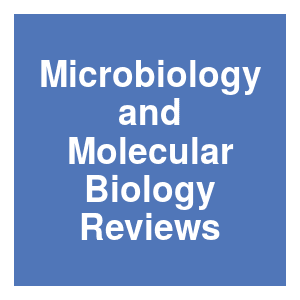Molecular Mechanisms and Evolutionary Consequences of Spore Killers in Ascomycetes

|
S. Zanders and H. Johannesson,
Microbiology and Molecular Biology Reviews,
2021.

In this review, we examine the fungal spore killers. These are meiotic drive elements that cheat during sexual reproduction to increase their transmission into the next generation. Spore killing has been detected in a number of ascomycete genera, including Podospora, Neurospora, Schizosaccharomyces, Bipolaris, and Fusarium. There have been major recent advances in spore killer research that have increased our understanding of the molecular identity, function, and evolutionary history of the known killers. The spore killers vary in the mechanism by which they kill and are divided into killer-target and poison-antidote drivers. In killer-target systems, the drive locus encodes an element that can be described as a killer, while the target is an allele found tightly linked to the drive locus but on the nondriving haplotype. More related to this: Evolutionary dynamics of spore killers A large gene family in fission yeast encodes spore killers that subvert Mendel’s law An introgressed gene causes meiotic drive in Neurospora sitophila Invasion and maintenance of meiotic drivers in populations of ascomycete fungi
|




